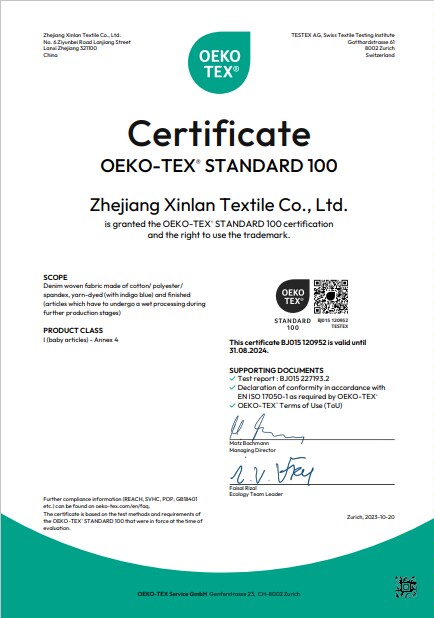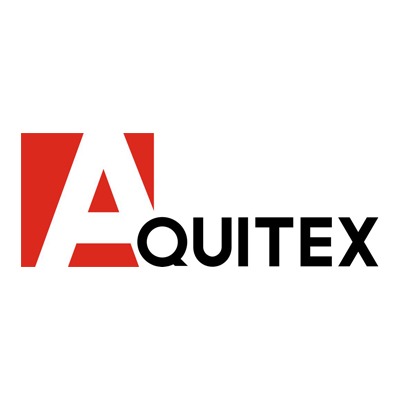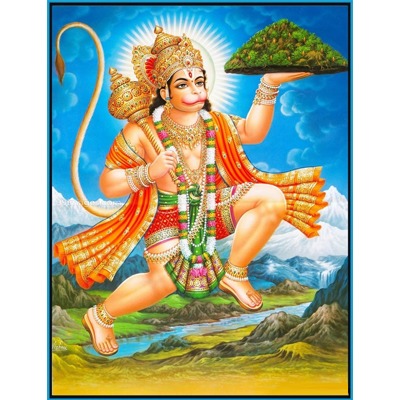
Exhibitors at different Editions












































































.png)



.png (6).png)

.png)



.png)



































Denim is everywhere now in fact it has become the universal fabric.
Vietnam is a growing apparel exporting country. It is already the fourth largest exporter of apparel after China, Bangladesh and Hong Kong. With the country likely to benefit from TPP and FREE TRADE agreements with EU, once they are signed, it is already the focus of many apparel companies around the world. The country is very optimistic about its potential of growth in the coming years: "Viet Nam has around 4,000 garment factories employing about 2.5 million workers. Garments and textiles are one of the core benefits for us with the TPP agreement," says Deputy MoIT Minister Tran Quoc Khanh.Vietnam is the fastest growing apparel exporting country in the world with about $27 billion of exports of garments and textiles in 2015 and expected to grow to $30 billion in 2016 (as per VITAS Vice Chairman Mr Dinh Truong). This growth is happening without the treaties like TPP being implemented . The growth would be greatly incraased once the treaties come into force.
The word denim is an Americanization of the French name "serge de Nimes," a fabric which originated in Nimes, France during the Middle Ages. In 1864, Webster's dictionary listed the shortened English version: DENIM.Italian sailors from Genoa wear cotton trousers and the French call Genoa and the people who live there, "Genes." The name "jeans" was applied to the pants as well. Archaeologists found cotton fabric 5000 years old in west Pakistan.48% of the world's trade in fabric is in cotton, from which denim is made. At least 225 pair of denim jeans can be made from one bale of cotton.Authentic blue denim takes its characteristic color from interweaving indigo (blue) and white threads. The term "bull denim" refers to colored/dyed denim.The orange thread traditionally used to sew Levi Strauss blue jeans was intentionally selected to match the copper rivets that doubled the durability of the jeans.5.5 billion is the total number of denim sold worldwide
Denim is backed by a history of success. As a consumer product, jeanswear has survived fashion changes and economic challenges many times before. This success is due in part to the versatility of the product itself. When I grew up in the 1960s, denim was considered radical; wearing jeans made social statement. Today, jeanswear may have a more mainstream connotation, but it is also often acceptable to wear jeans to business meetings. Times have changed, but denim has remained a staple for so many According to new book Denim Dudes, which looks at the street style and global business of denim, around 50% of the world is wearing a pair of jeans at any one time, and almost 4bn pairs are produced every year. The denim market, it’s estimated, is worth close to £50bn. In Topshop, they sell seven denim items every second.
The depletion of natural resources in order to ensure adequate living standards for the planet’s growing population has become a pressing issue. Miguel Sanchez reports In today’s highly connected world, the effect of a lack of the basic essentials of food and water on impoverished regions is evident to all, and the corresponding need to reduce the impact of today’s manufacturing, distribution and consumption infrastructure has become clear.
Denimsandjeans.com has been organizing premium denim exhibitions and has been rated as one of the best Global Denim Exhibition. The first edition of our show was held in March ‘2014 in Bangladesh which set the new benchmarks for the denim exhibitions. The response was unprecedented and approx 1000 international visitors from different parts of globe attended this show.













































































.png)



.png (6).png)

.png)



.png)


































